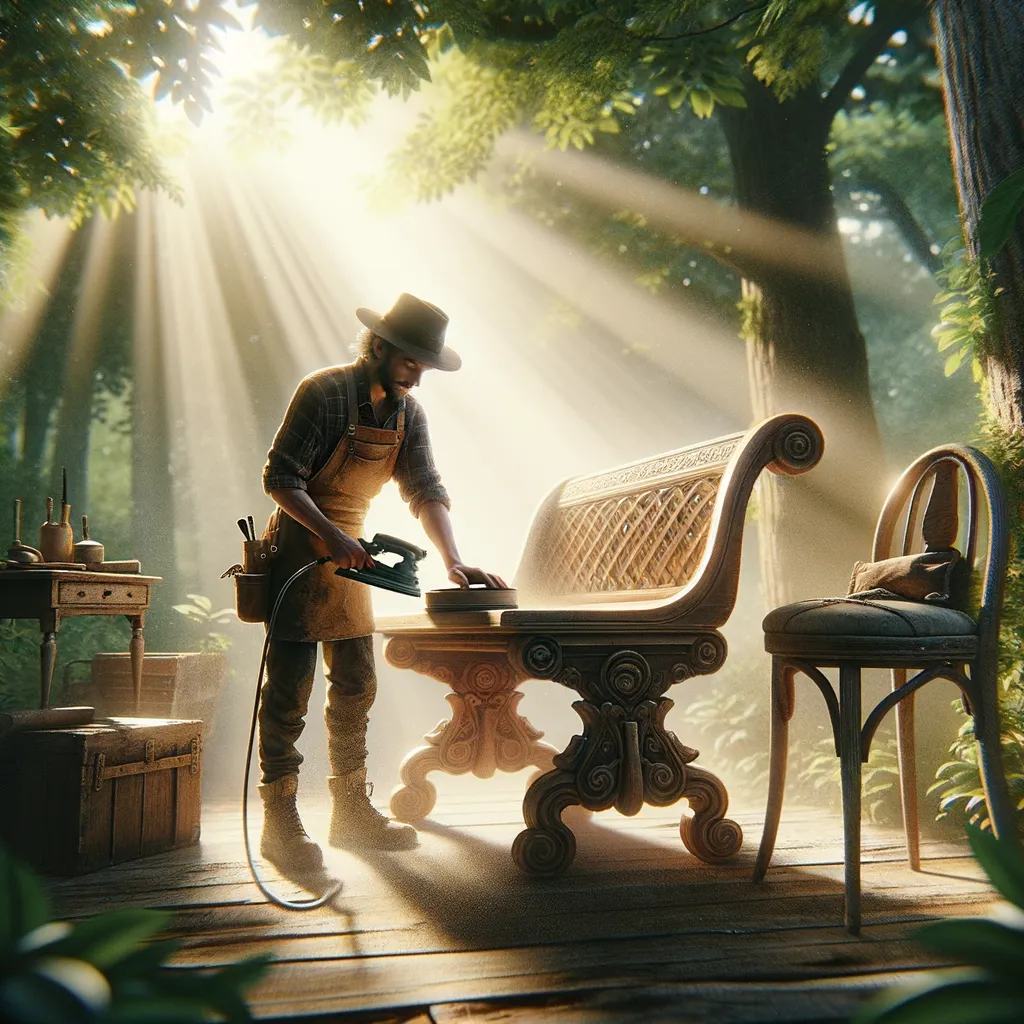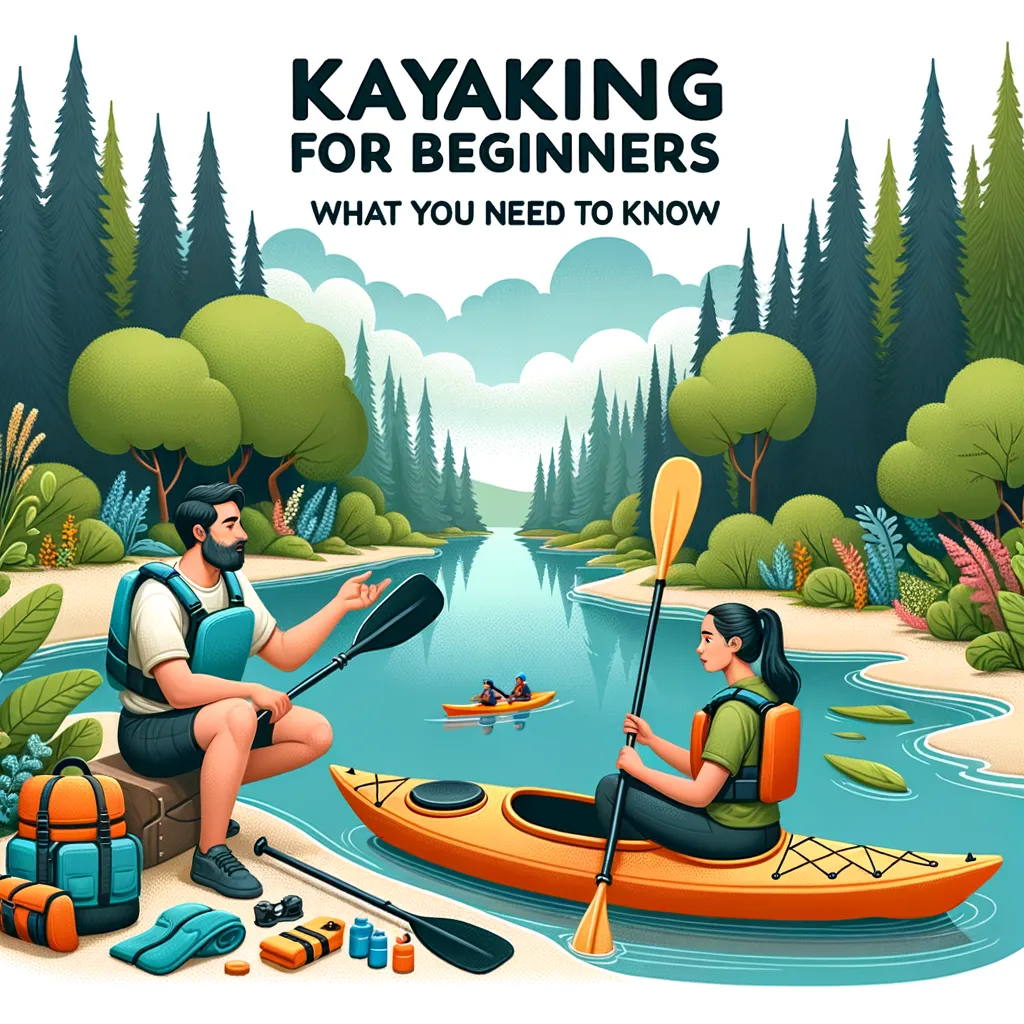Revitalize Your Garden: A Parent’s Guide to Vintage Outdoor Furniture Restoration
Welcome to the ultimate guide for parents who are looking to breathe new life into their garden with vintage outdoor furniture. Whether it’s a charming old bench or a set of rustic chairs, each piece holds a story that can add an invaluable aura of nostalgia and warmth to your outdoor spaces. In this comprehensive guide, we’ll walk you through every step of restoring and using vintage outdoor furniture, ensuring that your family can enjoy these heirlooms not just this season but for many years to come. Let’s embark on this journey together, transforming your garden into a picturesque spot for making memories with your loved ones.
Before diving into the nitty-gritty of restoration, let’s cover the basics for those who might be planning their next outdoor adventure. Discovering unique vintage pieces can be a fantastic family activity. Check out Camping for gear that might come in handy if you’re scouting flea markets in remote areas. For those who love the great outdoors, explore various Camp places for inspiration on where your next family camping trip could be. Now, let’s get started with our restoration guide!
Understanding the Value of Vintage Outdoor Furniture
Antique and vintage outdoor furniture is not just old; it’s a piece of history that reflects the artistic and functional design trends of its time. Restoring such pieces not only preserves this history but also offers an environmentally friendly alternative to buying new, mass-produced items. Moreover, vintage pieces are often more durable and unique, providing a distinctive touch to your garden that new furniture simply cannot replicate.
Inspecting Your Vintage Finds
The first step in the restoration process is a thorough inspection. Look for signs of damage such as rust, rot, or wobbly parts. Understanding the extent of wear and tear will help you assess whether a piece is worth restoring. Remember, the goal is to maintain as much of the original material as possible to preserve its value and authenticity.
Gathering Your Restoration Tools and Materials
Depending on the condition of your vintage furniture, you’ll need different tools and materials. A basic restoration kit might include sandpaper, steel wool, paintbrushes, outdoor-grade paint or varnish, and rust remover. For wooden furniture, consider wood filler, stain, and sealant to protect against weather-related damage.
Preparing for Restoration
Clean your furniture thoroughly before starting any restoration work. For metal items, remove rust with a wire brush or rust remover. Sand wooden pieces to remove old paint or varnish. Cleaning and prepping are crucial steps to ensure the new finishes adhere properly and last longer.
The Restoration Process
Restoring vintage outdoor furniture can be a rewarding DIY project. For metal pieces, after removing rust and cleaning, apply a primer designed for metal to prevent future rusting. Finish with a coat of outdoor metal paint in your choice of color. Wooden furniture restoration may involve repairing damaged areas with wood filler, sanding the piece to a smooth finish, and applying stain or paint followed by a waterproof sealant.
Always let paint, stain, or sealant dry completely before adding a second coat. Be sure to follow the product instructions for the best results. This careful attention to detail will ensure that your vintage outdoor furniture is not only beautiful but also weather-resistant and durable.
Accessorizing Your Restored Vintage Furniture
Once your furniture is restored, it’s time to make it a focal point in your garden. Add comfortable cushions made with weather-resistant fabric, stylish outdoor rugs, and ambient lighting to create an inviting space for family and friends to gather. Vintage outdoor furniture, with its unique charm and character, provides the perfect foundation for a cozy and stylish outdoor living area.
Revitalize Your Outdoor Space: A Guide for Parents on Vintage Furniture Restoration
Welcome, dear parents, to a journey of transformation and nostalgia. In this expansive guide, we dive into the world of vintage outdoor furniture, showing you how to bring timeless beauty back to life in your garden. Vintage pieces are not just furniture; they are stories of the past waiting to be a part of your family’s moments. From the rustic charm of a weather-beaten table to the refined elegance of an antique wrought iron bench, each item holds the potential to add a unique character to your outdoor living spaces. Follow along as we guide you through restoring and utilizing vintage outdoor furniture, ensuring these treasures provide comfort and joy for years to come.
Embarking on the restoration journey can be a beloved family adventure, turning the hunt for vintage gems into enjoyable weekend outings. Visit Camping for essential gear that might come in handy when you’re exploring flea markets or estate sales in search of that perfect piece. For those who cherish the allure of nature, consider taking inspiration from different Camp places to blend the essence of camping with the search for vintage furniture. Now, let’s delve into the heart of restoration and rejuvenation.
5 Things Every Parent Should Know About Restoring Vintage Outdoor Furniture
1. **Understand the Heritage and Value**
Vintage outdoor furniture is more than just old stuff. It’s a connection to the past—echoing the design aesthetics, craftsmanship, and durability seldom found in modern pieces. Embracing vintage is also a nod to sustainable living, as restoring and reusing reduces the demand for new, often less durable, items. As you introduce your children to the joys of restoration, you’re also instilling values of environmental stewardship and appreciation for history and quality craftsmanship.
2. **Thorough Inspection is Key**
Before the restoration begins, a detailed inspection is crucial. Look for structural integrity, signs of age such as rust or wood rot, and consider the level of restoration needed. Sometimes, a piece might require a more intricate restoration process than initially anticipated. Teaching your children about patience and attention to detail during this stage can be a valuable lesson.
3. **Gather the Right Tools and Materials**
Arm yourself with the essentials: sandpaper for smoothing out rough spots, steel wool for removing rust, high-quality brushes, outdoor-grade paint or varnish, and rust remover for metal pieces. For wood, you’ll want wood filler, stain, and waterproof sealant. Engage your children in this process, turning the preparation into a fun and educational activity about the importance of having the right tools for the job.
4. **Preparation and Restoration**
Cleaning and preparing your furniture is a stage that sets the tone for the entire restoration process. For a successful refinish, removing old layers of paint or varnish, eradicating rust, and ensuring a clean surface is essential. This stage is perfect for hands-on learning, teaching your children the value of preparing and the importance of diligence.
5. **Finishing Touches Make All the Difference**
After the restoration, choosing how to accessorize and use your vintage furniture can breathe new life into your garden. Weather-resistant cushions, outdoor rugs, and ambient lighting can create welcoming spaces for gatherings or quiet moments alike. This stage is an excellent opportunity to involve the family in design choices, fostering a sense of creativity and ownership.
In conclusion, the process of restoring vintage outdoor furniture is an enriching activity that combines creativity, history, and sustainability. It is a wonderful way to spend quality time with your family, teaching valuable skills and creating beautiful, functional pieces for your outdoor spaces. Each restored piece is a testament to the time, care, and love invested, ready to be a backdrop for new memories. Embrace the challenge, and soon, your garden will be a picturesque setting filled with stories of the past and present. Remember, the beauty of vintage is not just in its aesthetic appeal but in the stories it carries and the future tales it will hold within your family’s legacy.
Disclaimer
The articles available via our website provide general information only and we strongly urge readers to exercise caution and conduct their own thorough research and fact-checking. The information presented should not be taken as absolute truth, and, to the maximum extent permitted by law, we will not be held liable for any inaccuracies or errors in the content. It is essential for individuals to independently verify and validate the information before making any decisions or taking any actions based on the articles.




